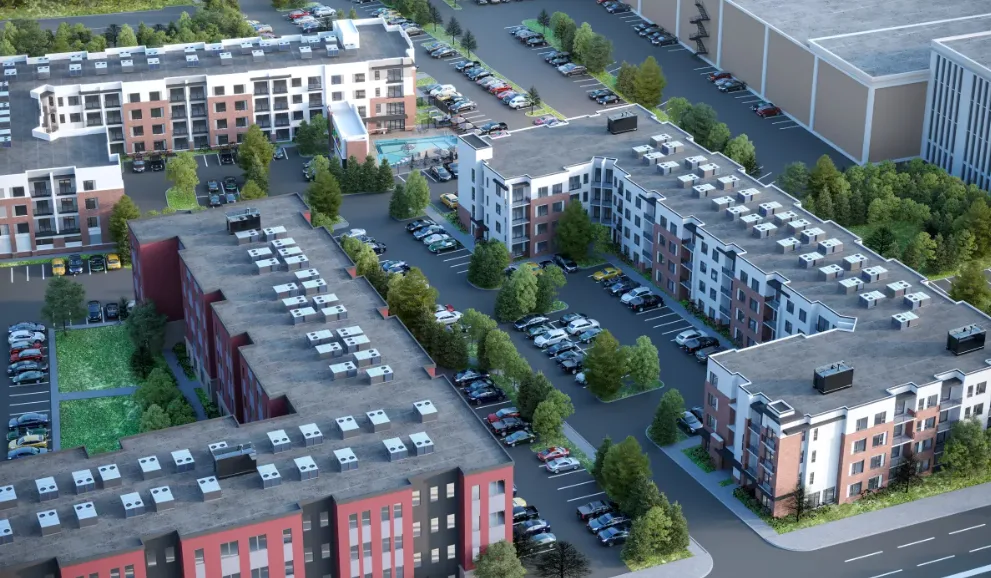- Delinquency rates declined overall in Q3 2025, hinting at short-term stabilization in the commercial real estate market.
- Multifamily and health care loans saw rising delinquencies, while office, retail, industrial, and lodging loans posted declines.
- CMBS loans remain under the most pressure, with delinquencies rising to 5.66%, the highest among all capital sources.
- The data comes from the MBA’s CRE Loan Performance Survey, covering $2.8 trillion in loans—57% of all CRE debt outstanding.
Market Overview
According to Globe St, after a spike in delinquencies during Q2, the commercial real estate loan market showed signs of improvement in the third quarter of 2025. The latest CRE Loan Performance Survey from the Mortgage Bankers Association (MBA) suggests that while year-over-year delinquencies are still elevated, the quarter-over-quarter figures may be stabilizing.
“Compared to the first quarter, third-quarter delinquency rates were up,” said Judie Ricks, MBA’s associate vice president of CRE research. “But the Q3 data shows signs worth watching amid ongoing economic uncertainty.”
Property Type Breakdown
Delinquency performance varied significantly by property type:
- Multifamily and health care loans showed an uptick in delinquencies.
- Office, retail, industrial, and lodging segments all saw improvements, with fewer loans falling behind.
This mixed performance reflects ongoing volatility in certain sectors, particularly as multifamily operators face rent growth slowdowns and health care assets contend with operational cost pressures.
Get Smarter about what matters in CRE
Stay ahead of trends in commercial real estate with CRE Daily – the free newsletter delivering everything you need to start your day in just 5-minutes
Capital Source Insights
Stress levels were not equal across lenders:
- CMBS loans posted the highest delinquency rate, increasing to 5.66% from 5.14% in Q2.
- Life insurance companies saw a minor decline to 1.45%.
- GSE (Fannie Mae/Freddie Mac) loans held steady at 0.64%.
- FHA multifamily and health care loans improved, dropping from 1.04% to 0.79%.
Why It Matters
The Q3 data suggests a pause in deterioration, particularly encouraging for lenders and investors tracking CRE market health. While the outlook remains cautious, especially for CMBS and multifamily sectors, the modest improvements point to a potential near-term bottom in delinquencies—assuming macroeconomic conditions don’t worsen.
Looking Ahead
With broader economic uncertainty still looming, the MBA will closely monitor Q4 trends. For now, the slight pullback in delinquencies offers a glimmer of resilience in a market that continues to adjust to post-pandemic demand shifts and higher interest rates.


















